Specifications
| book-author | Kwang-Yong Kim, Abdus Samad, Emesto Benini |
|---|---|
| publisher | Wiley; 1st edition |
| file-type | |
| pages | 304 pages |
| language | English |
| asin | B07MTTP5LQ |
| isbn10 | 1119188296 |
| isbn13 | 9781119188292 |
Book Description
Utilizing Computational Fluid Dynamics and Numerical Optimization for the Purpose of Design Optimization of Fluid Machinery (PDF)
This timely ebook brings together numerical optimization methods for fluid machinery and its key industrial applications. It does so by drawing on extensive experience as well as extensive research. It presents the fundamentals of fluid mechanics, including fluid machines and their component parts, and thereby lays out in a rational manner the context that is necessary to comprehend computational fluid dynamics. After that, students are given an introduction to various methods of optimization, including single and multi-objective optimization, surrogate models, automated optimization, and evolutionary algorithms. In conclusion, clear explanations have been provided for design strategies and applications in the fields of pumps, compressors, turbines, and other fluid machinery systems, with an emphasis placed specifically on renewable energy systems.
- Authored by a group consisting of leading experts from all over the world in their respective fields
- Contains applications that are crucial to the industry, along with key sections on various renewable energy systems
- Consolidates in a single, user-friendly reference all of the optimization techniques for fluid machinery that make use of computational fluid dynamics.
The Design Optimization of Fluid Machinery ebook, which is available in PDF format, is an indispensable resource for researchers, graduate students, and engineers who are interested in fluid machinery and its optimization methods. For advanced students studying mechanical engineering and the related fields of fluid dynamics and aerospace engineering, this comprehensive reference text is an excellent resource.
PLEASE BE AWARE That this PDF eBook does not come with any access codes.
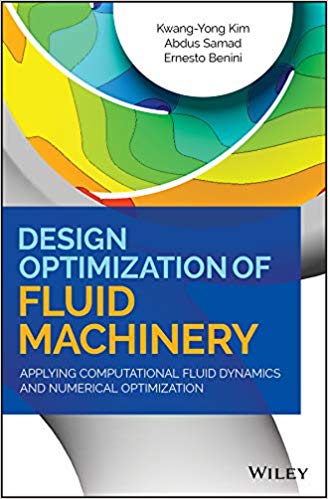



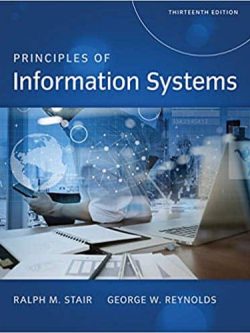
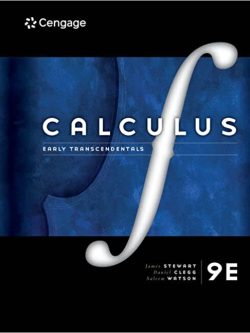
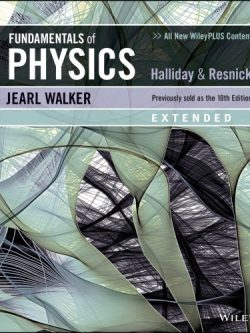
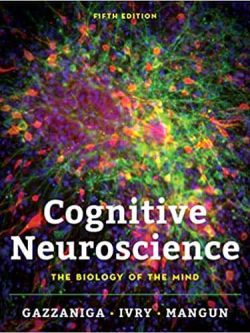
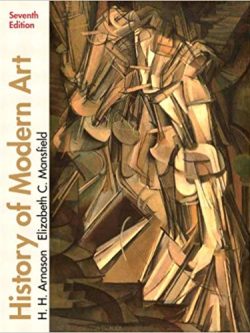
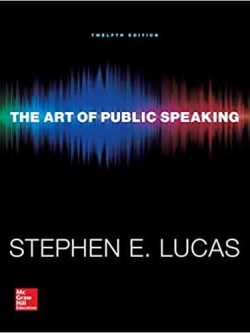


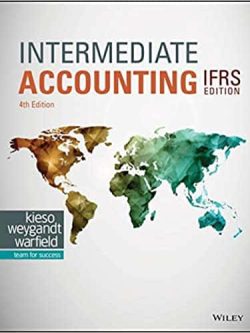
Reviews
There are no reviews yet.